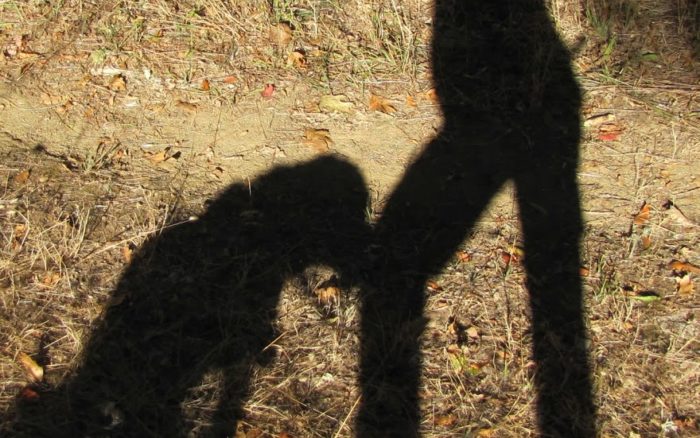Storytelling and the Soul
Recently my brother Mark recorded a CD of stories about growing up half a century ago on a small farm in central Illinois. It was a time when farmers still worked together baling hay and harvesting, “coming in” for the noon meal—dinner— and telling stories about the morning, or the day before: the rat that ran up Uncle Lloyd’s pant leg in the haymow, the breakdowns of the dump trucks just at the wrong times, the collision of two corn pickers driven by tired men working late. Some of the stories were told over and over (like the rat and the corn pickers); some were small stories, letting off steam or just filling everyone in. But as I listened to Mark’s stories, some of them which I had heard at the dinner table, I realized what a good storyteller he was, a trait I highly value, and something I do not hear many people doing anymore.
This has made me consider the conditions which precipitate storytelling.
Some years ago my husband and I attended a conference on the remote western coast of Connemara, Ireland, in a hotel that had been almost washed away twice by the Atlantic. One evening as we sat around a peat fire in the cozy lobby, I noticed the wild, red-haired head of a man bobbing up into the high window of the main door as he tried to peer in. This leprechaun of a being, Eddie Lenihan, turned out to be our entertainment for the evening.
Lenihan is a storyteller extraordinaire, telling not only traditional stories but also real fairy stories that he collected from western Ireland over the last 35 years. The fairy stories are true and they are scary. Our group sat speechless, totally captivated. In the firelight, his purported fairy origins became evident; reality took a turn. I cannot imagine that any of us in the room that evening would ever look at the world the same way. Our psyches were stretched!
Lenihan’s introduction to his book of collected fairy stories, Meeting the Other Crowd: The Fairy Stories of Hidden Ireland, is poignant. He bemoans the fact that the atmosphere in which fairy stories were told (and experienced!) had changed. No longer do people go cuaird, “night visiting,” sitting around peat fires and telling stories. Communal farm work, meitheal, no longer happens. Storytelling and particularly, fairy storytelling, diminished greatly with the advent of electric lights and man’s apparent control of the light and the night. People sit in front of televisions (or computers) after long days of work. There is little quiet these days with machine noise, radio, iPods, cell phones. As a result, that imaginal space in which the other world can be perceived has shriveled. In fact, many of the stories Lenihan collected were not even told to the last generation.
It is within the imaginal space storytelling fosters that we develop soul. In a 1957 letter to a professor, Jung stated that children had too many distractions to be able to develop well academically.
…so much is fed into them from outside that they no longer have to think of something they could do from inside themselves, which requires concentration. Their infantile dependence on the outside is thereby increased and prolonged into later life, when it becomes fixed in the well-known attitude that every inconvenience should be abolished by order of the State. (Jung, Letters II, 389-391)
I think of the times I sit with someone in my analytic practice, suggesting the current disaster may bring important inner development. For many of us when we are suffering, the aim is relief, not learning the terrain of the inner darkness. There are many therapies that will oblige with medication and problem solving, and some of these are helpful some of the time. However, is it possible that, as Jung suggests, in seeking the pill or technique that will alleviate the symptom, we become increasingly dependent on the outside for solutions to questions that could also be soul making? Perhaps the imaginal space of storytelling opens us to a inner process through which we can receive the dark gifts of our suffering.
